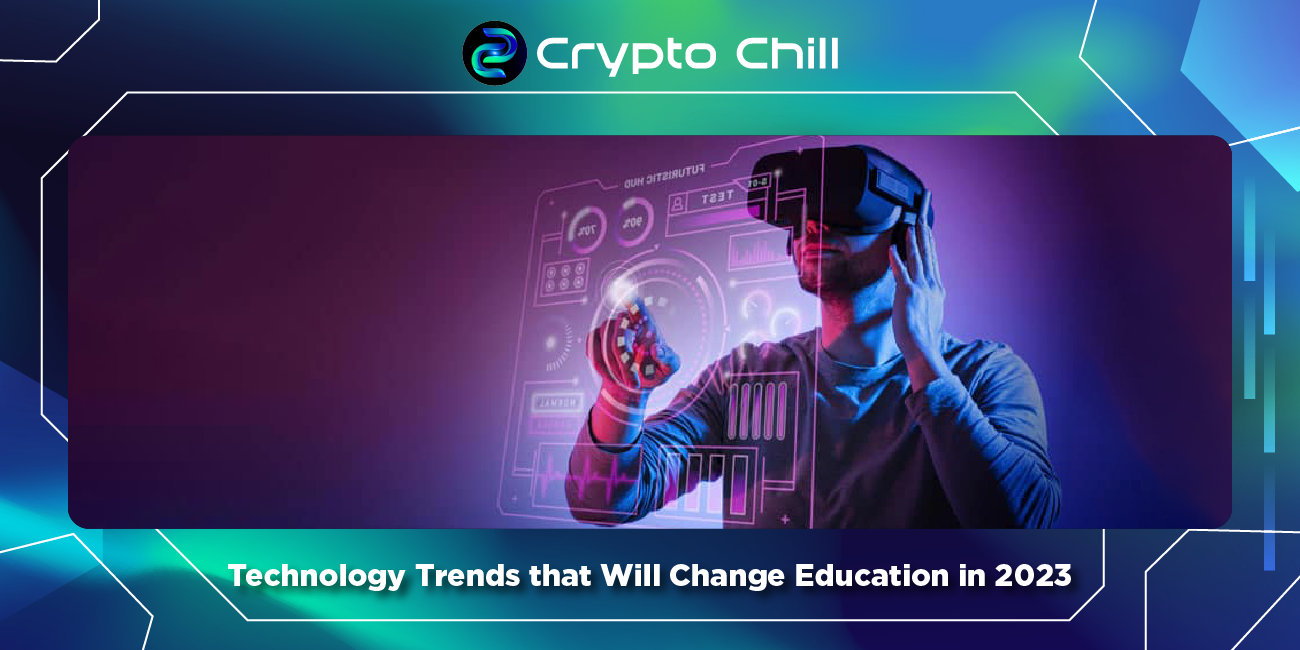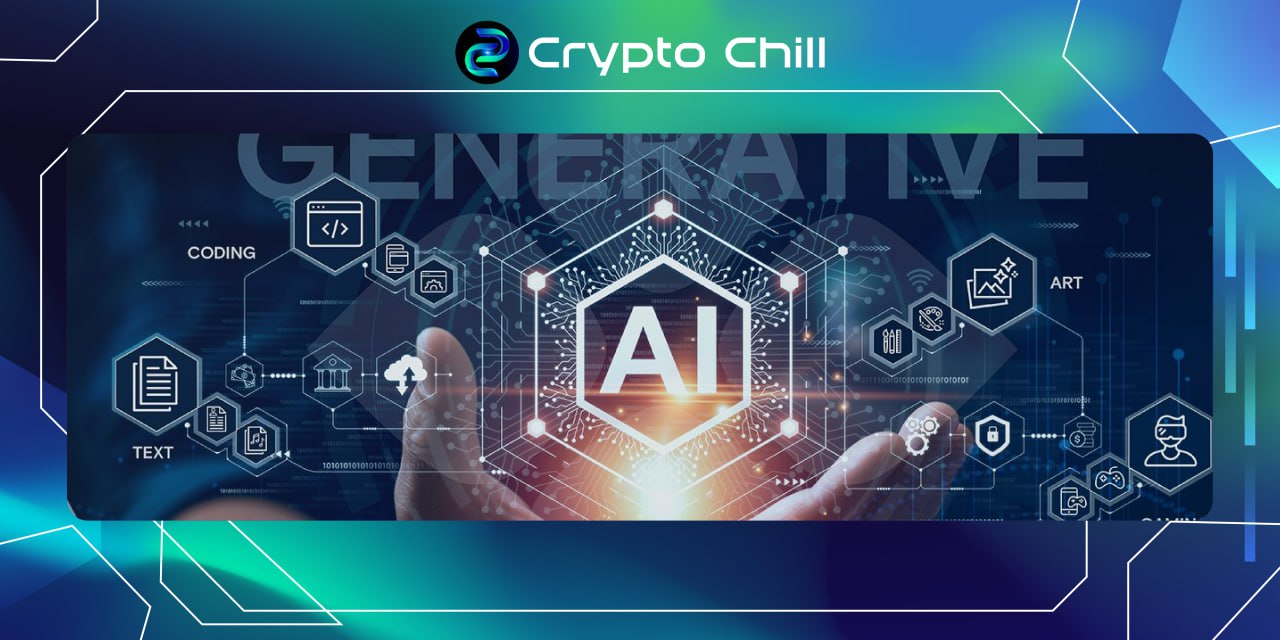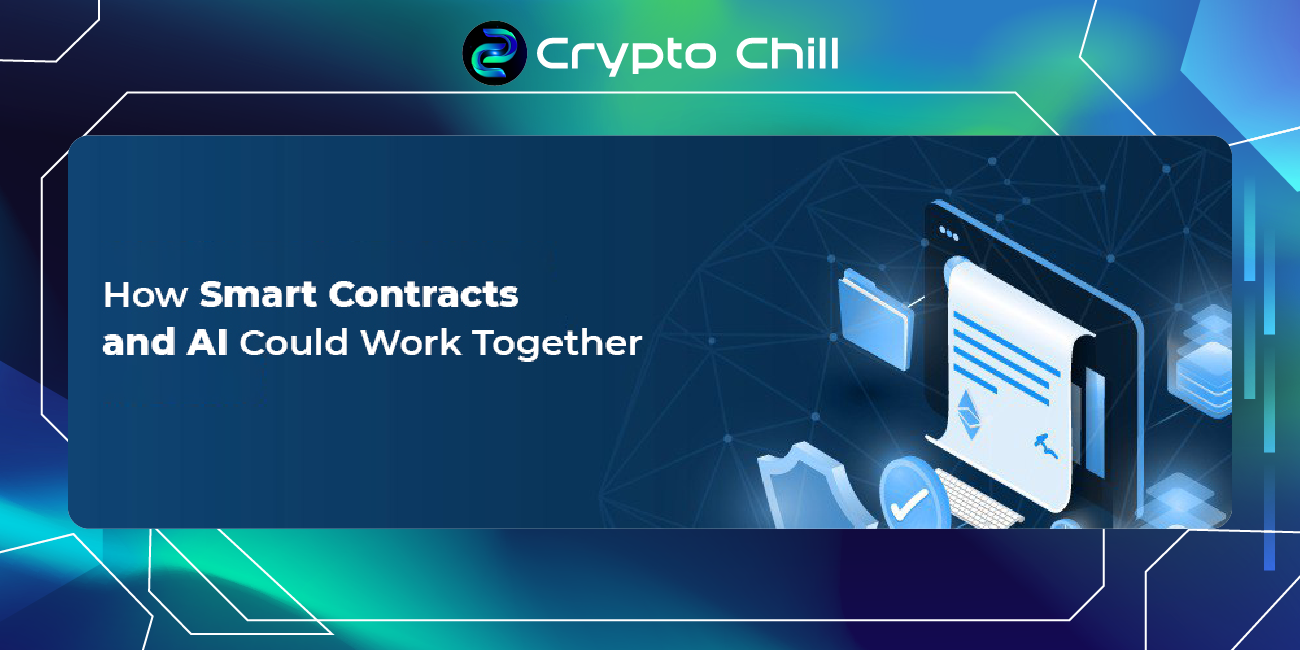Discover the latest tech trends shaping education in 2023. From AI-driven personalized learning to immersive VR experiences, education is evolving rapidly.
Artificial Intelligence (AI) in Education
In 2023, education is undergoing a tech-driven transformation, and at the forefront of this change is Artificial Intelligence (AI). AI-powered solutions are reshaping traditional classrooms, offering tailored learning experiences to meet individual needs.
Personalized Learning Experiences
One standout trend is AI-powered adaptive learning systems. These systems use advanced algorithms to analyze vast amounts of data, including user performance and learning styles. The result? Personalized learning journeys that cater to each learner’s unique requirements.
Imagine a world where students no longer follow a one-size-fits-all curriculum. Instead, they embark on customized learning paths based on their strengths and areas for improvement. This approach allows learners to absorb information at their own pace, enhancing comprehension and retention. It also enables educators to track individual progress more efficiently, identifying areas that require additional support.
Read also: AI-Powered Smart Contract Audits: Opportunities and Limitations (Part 1)
Intelligent Tutoring Systems
Another game-changing application of AI in education is intelligent tutoring systems. These virtual tutors act as personalized mentors, offering students real-time feedback and assistance. By analyzing user interactions, they adapt their teaching methods to suit individual needs and learning styles.

These systems offer several advantages over traditional teaching methods. They provide instant feedback on assignments and exams, helping students grasp concepts more effectively. Moreover, they can identify common misconceptions and adjust their explanations accordingly, aiding students in overcoming hurdles and gaining a deeper understanding of the subject matter.
As AI continues to advance, expect intelligent tutoring systems to become even more sophisticated, offering engaging and helpful virtual learning companions. This technology is not limited to education and has found applications in various industries, including healthcare.
Virtual Reality (VR) and Augmented Reality (AR)
VR and AR technologies are emerging as powerful tools that can revolutionize the learning experience. These immersive technologies seamlessly blend the real and digital worlds, opening up exciting possibilities for education in 2023.
Immersive Learning Experiences
Imagine taking students on virtual field trips to historical sites or distant galaxies without leaving the classroom. VR makes this possible by providing immersive experiences that transport learners to previously inaccessible locations and scenarios. Whether exploring the depths of the ocean, dissecting a virtual frog, or practicing complex surgical procedures, VR simulations offer hands-on learning opportunities that enhance engagement and comprehension.

Additionally, augmented reality enhances traditional teaching materials by overlaying digital content onto the real-world environment. This allows learners to visualize complex concepts, create 3D models, and interact with virtual elements in their surroundings. AR-enhanced textbooks, for example, combine text with interactive graphics, videos, and animations, providing a comprehensive multimedia learning experience. This dynamic fusion of physical and digital content piques interest and deepens understanding.
Remote and Hybrid Learning Solutions
With the rise of remote and hybrid learning, VR and AR technologies play a crucial role in bridging the gap between physical and virtual classrooms. These technologies enable remote learners to participate in interactive and collaborative learning experiences that replicate the benefits of face-to-face interactions.
Imagine a virtual classroom where students from around the world can gather, communicate, and collaborate in real-time. VR and AR make this a reality by enhancing collaboration and engagement among learners. Students can engage in group projects, discussions, and presentations using avatars and virtual environments, creating a sense of presence and a shared learning space.
Furthermore, VR and AR offer a significant advantage to students with diverse learning needs. These technologies accommodate various learning styles while providing individualized support and addressing specific needs. By creating inclusive and accessible learning environments, VR and AR empower all learners to succeed.
VR and AR will continue to shape the education landscape, transforming how students learn and teachers instruct. Stay tuned for Part 2, where we’ll explore two more technological advancements set to redefine education in 2023—Blockchain and Gamification. These trends hold immense potential for the future of learning.
Conclusion
Transition to Part 2: In the second part of this article, we’ll delve into the fascinating world of Blockchain in Education and the exciting realm of Gamification and Game-Based Learning, both of which promise to reshape the educational landscape in 2023.
Disclaimer: The information in this article is not investment advice from CryptoChill. Overall, cryptocurrencies always carry many financial risks. Therefore, do your own research before making any investment decisions based on this website’s information.










No Comment! Be the first one.